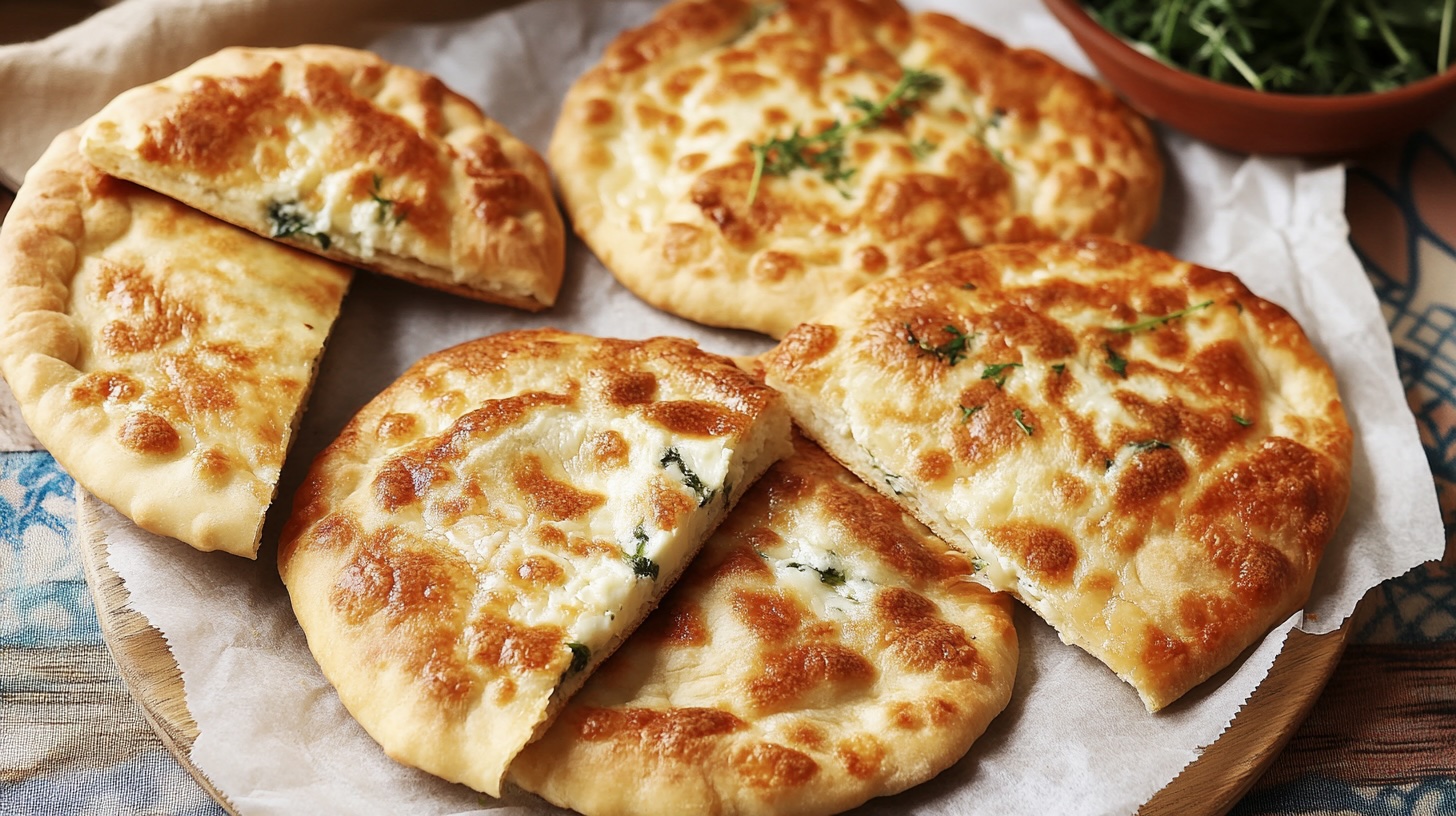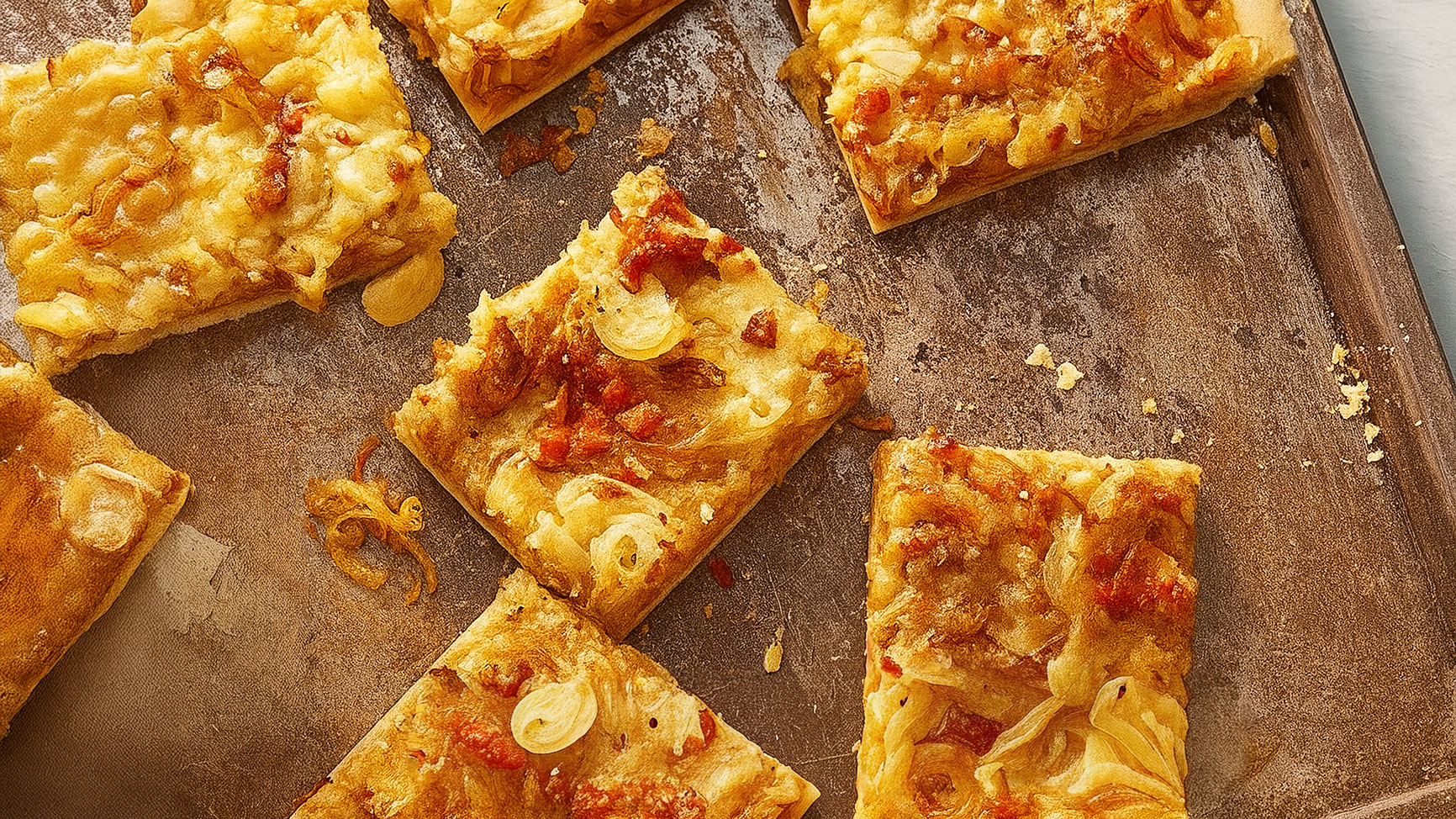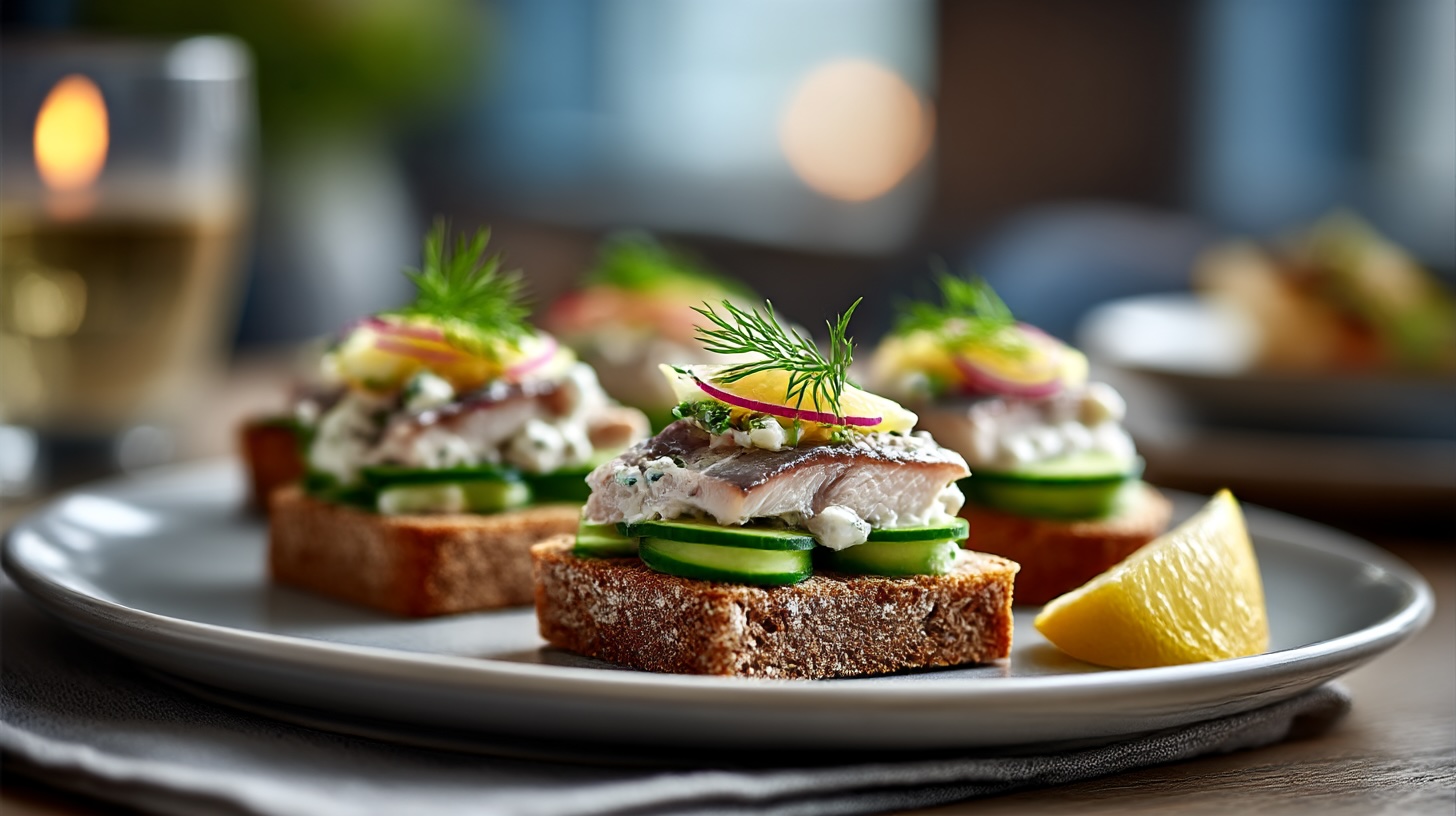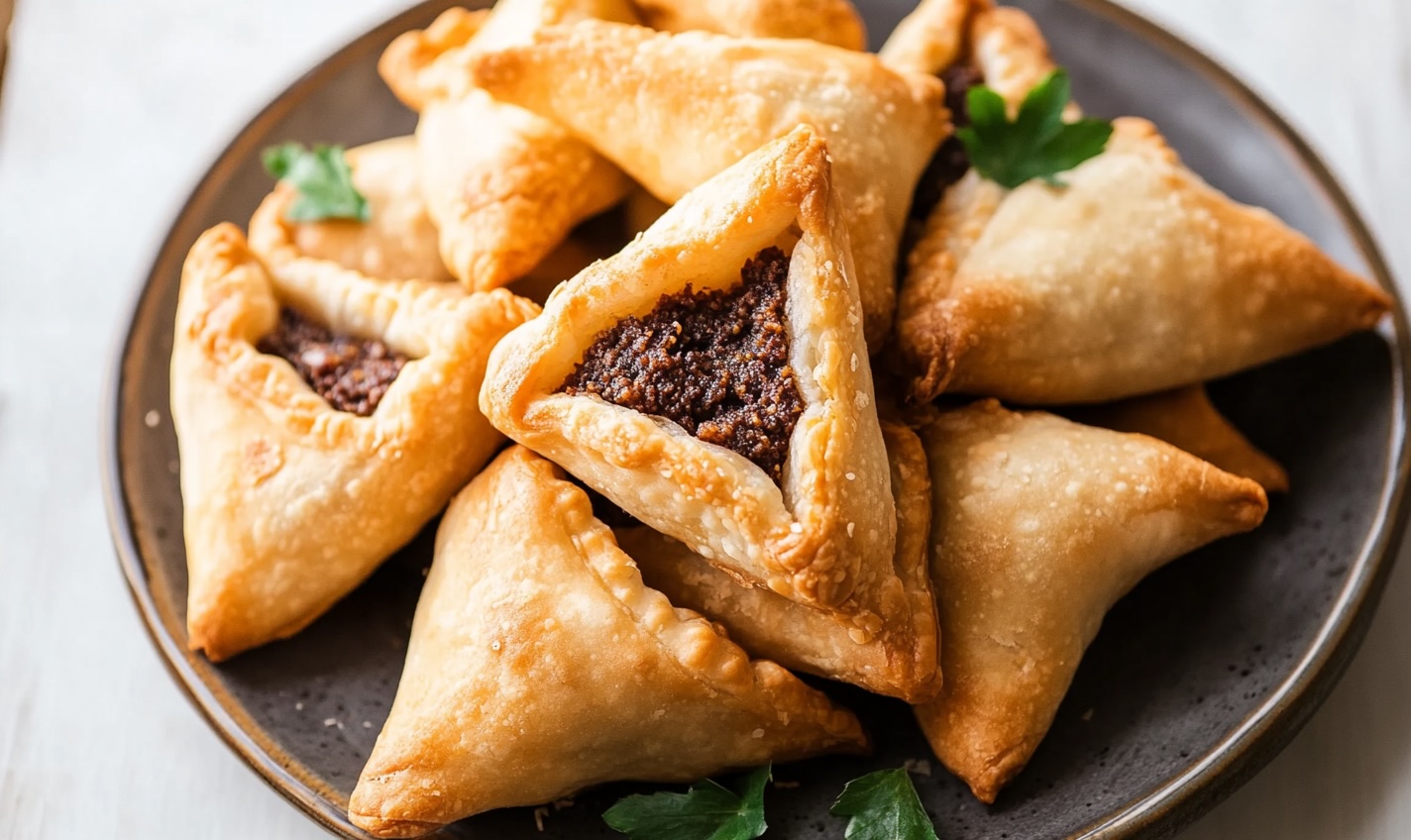Placinta: The Buttery, Flaky Heart of Eastern European Comfort Food
Placinta has been around longer than your grandma’s old cast-iron pan. Its origins stretch back to the Roman Empire, where the Latins were busy conquering lands and perfecting pastry. has been around longer than your grandma’s old cast-iron pan. Its origins stretch back to the Roman Empire, where the Latins were busy conquering lands and perfecting pastry. The word itself comes from the Latin “placenta,” which was a cake-like dish that soldiers and nobility alike devoured with gusto. As the Roman Empire expanded, so did its culinary influence, and placinta found a cosy home in Eastern Europe, particularly in Moldova and Romania. Over the centuries, it evolved into the delightful, flaky, and often cheesy treat that has graced countless kitchen tables.
Regional Twists and Tasty Variations
Placinta is like that one friend who can wear anything and still look good. Some versions are baked, some are fried, some are sweet, and some are savoury. Moldova and Romania both claim it as their own, but their interpretations differ slightly. In Moldova, you’ll find placinta rotundă, which is usually round, golden, and filled with brânză (a soft cheese). The Romanian version often takes on a more rustic, folded-over shape, like an Eastern European take on a calzone. And let’s not forget the Ukrainians, who also have their own variation, sometimes stuffed with cherries or apples for a sweet twist. Over in the Balkans, they have burek, which is a distant cousin, but plăcintă remains a proud representative of its region.
Why Placinta is So Special
It’s the buttery crispness. It’s the layers of dough that flake apart like the pages of an old novel. It’s the comforting warmth of something that has been made by hand, kneaded with care, and baked to perfection. Unlike more fussy pastries, placinta doesn’t need to impress with high-end ingredients or elaborate techniques. A simple dough, a tasty filling, and a little time are all that’s required to make magic happen. There’s something deeply nostalgic about it, even if you didn’t grow up eating it – it just feels like home.
The Perfect Drinks to Pair With Placinta
If you’re munching on a savoury placinta, a glass of crisp white wine like Fetească Albă (a Romanian classic) will do the trick. Beer works well too, particularly something light and refreshing. If you’re more into the sweet versions, a strong coffee or a cup of herbal tea makes an ideal pairing – preferably while you stare out the window wistfully, pretending you’re in a countryside cottage.
Other Foods That Love to Share the Plate
A plate of placinta rarely travels alone. If you’re having the cheese-filled variety, a simple tomato and onion salad with a drizzle of olive oil and vinegar is a perfect match. If you’re going sweet, then a dollop of thick sour cream or a dusting of icing sugar will elevate it to dessert heaven. And if you’re particularly hungry, placinta sits quite happily next to a hearty soup – something like a Romanian ciorbă or a rich chicken broth.
Health Benefits and Guilty Pleasures
Placinta may not be the poster child for clean eating, but it does have its merits. When made with whole ingredients – fresh cheese, quality flour, and eggs – it provides a good amount of protein and essential nutrients. Plus, it’s a joy to eat, which is surely a health benefit in itself. Of course, if you eat five in one sitting (which is entirely understandable), you may find yourself needing a nap shortly after. Moderation, as always, is key.
Where to Find This Pastry Perfection
If you happen to be in Romania or Moldova, you’re in luck – placinta is everywhere. Bakeries, street vendors, and even grandma’s kitchen will have a fresh batch waiting. If you’re elsewhere, Eastern European delis sometimes stock them, and a trip to a Moldovan or Romanian restaurant will almost certainly lead to a delicious plate of plăcintă. Otherwise, the best way to enjoy it is to roll up your sleeves and make it yourself.
How to Make Placinta at Home
Ingredients:
- 500g flour
- 1 tsp salt
- 1 tbsp vinegar
- 250ml warm water
- 50g butter, melted
- 200g brânză (or ricotta/feta mix)
- 1 egg
- 1 tbsp sour cream (optional)
Method:
- In a large bowl, mix the flour and salt. Add the vinegar and warm water, stirring until a dough forms.
- Knead the dough for about 10 minutes until smooth and elastic.
- Cover and let it rest for 30 minutes.
- In a separate bowl, mix the cheese, egg, and sour cream.
- Divide the dough into small balls and roll each one out into a thin circle.
- Place a spoonful of filling in the centre, fold over, and seal the edges.
- Heat a pan with a little butter or oil and cook each plăcintă until golden brown on both sides.
- Serve warm with sour cream or a side salad.
Once you make it, you’ll understand why placinta has been beloved for centuries. Flaky, crispy, cheesy, and utterly delightful – it’s food for the soul, and your tastebuds will thank you.



